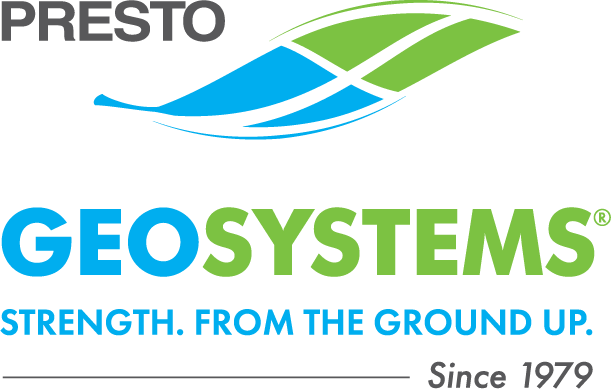Written by: Samantha Justice, P.E. Green infrastructure incentive programs have become commonplace for new construction and redevelopment regulations. Five of the most common incentives include: Development incentives such as expedited permitting, decreased fees, zoning upgrades, and stormwater requirement reductions. Grants. Rebates and installation financing. Awards and recognition programs. Stormwater fee discounts. A subset of green infrastructure, stormwater management usually includes the consideration of pervious/porous pavements. Traditional asphalt and concrete parking lot surfaces create significant stormwater runoff, and many municipalities do not allow them in expansion or new build situations. When the entire parking area is constructed using a porous pavement system, stormwater concerns are greatly reduced. Depending on the type chosen, pavements that return rainwater to the aquifer nearly eliminate stormwater runoff and reduce sheet flow and point load erosion problems at the pavement edges. They also reduce the need for additional stormwater infrastructure to convey the water away from the area. Integrating porous pavement systems with asphalt and concrete surfaces can reduce such failures and reduce or eliminate the need for stormwater conveyance channels, pipes, and swales. As a result, downstream stormwater pipe systems see less silt and water, which requires less maintenance and less capital expenditure for upsizing stormwater pipes…. Read more »
Posts Categorized: General
Railroad ballast performance improvement using GEOWEB® Geocells
Each year railroads must allocate a significant portion of their capital and maintenance budget toward the creation and upkeep of high-quality ballast layers. Enduring, well-designed ballast is quite literally the foundation on which a successful rail line operates. With ballooning rail traffic carrying heavier loads than ever, GEOWEB cellular confinement (geocell) effectively takes the pressure off critical ballast systems. Oregon State University (OSU) recently performed state-of-the-art, three-dimensional dynamic Finite Element modeling to analyze the reinforcing benefit of GEOWEB geocells in railway applications. Completed in cooperation with the University of Kansas (KU), who simultaneously performed a testing program of Geocell-reinforced ballast placed over weak subgrade. The digital modeling results were reinforced by the laboratory tests and showed a significant decrease in settlement of the railway ballast when GEOWEB confinement was used. Using the GEOWEB system not only decreased settlement but also reduced pressure on point-to-point aggregate load transfer contact. This resulted in less damage to ballast aggregate particles leading to less progressive deformation and longer maintenance frequencies of the entire ballast embankment. In short, more cycles mean less track down-time for maintenance. The research results were clear. The benefits of applying GEOWEB Geocell confinement for reinforcement of real ballast over weak… Read more »

 800.548.3424
800.548.3424